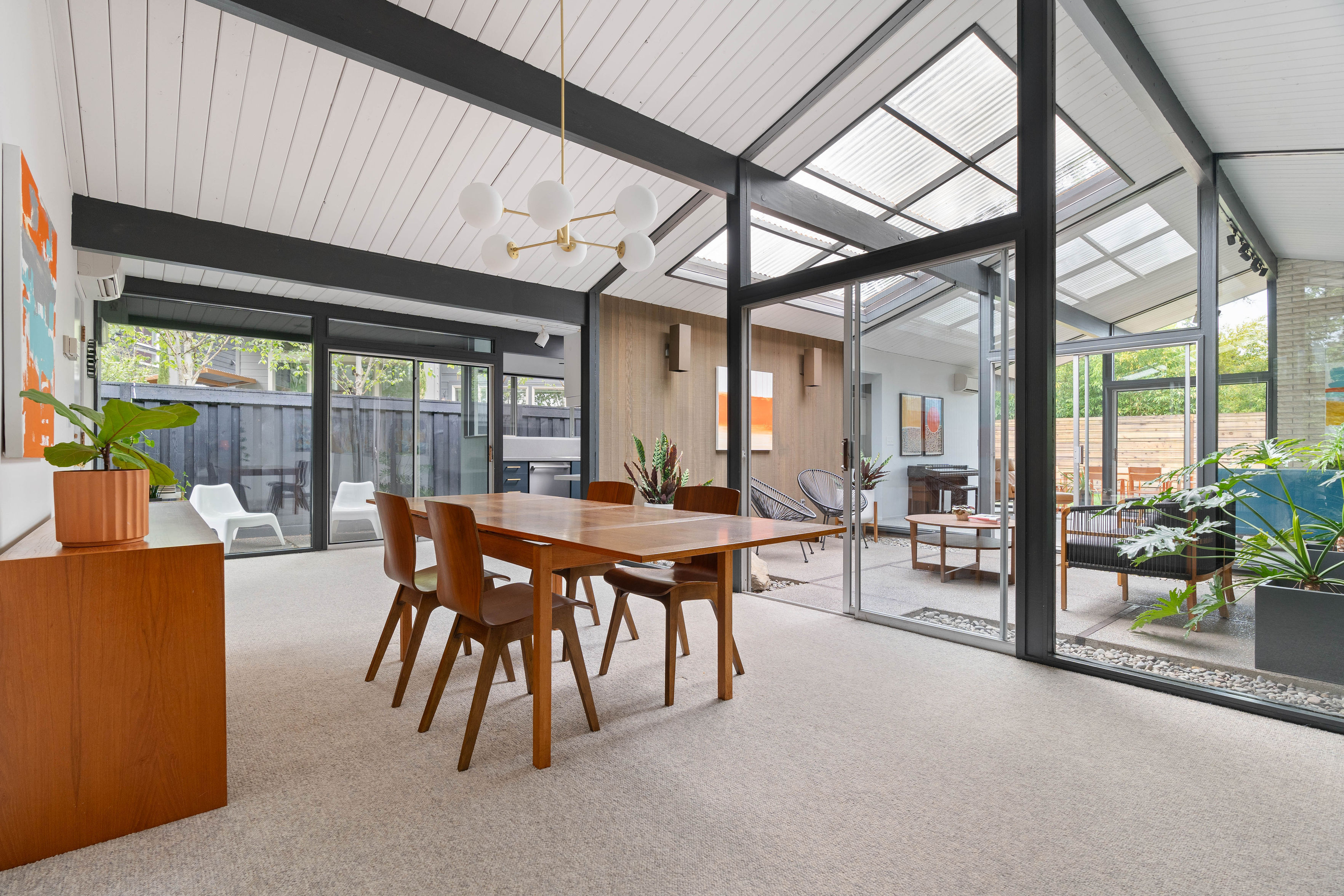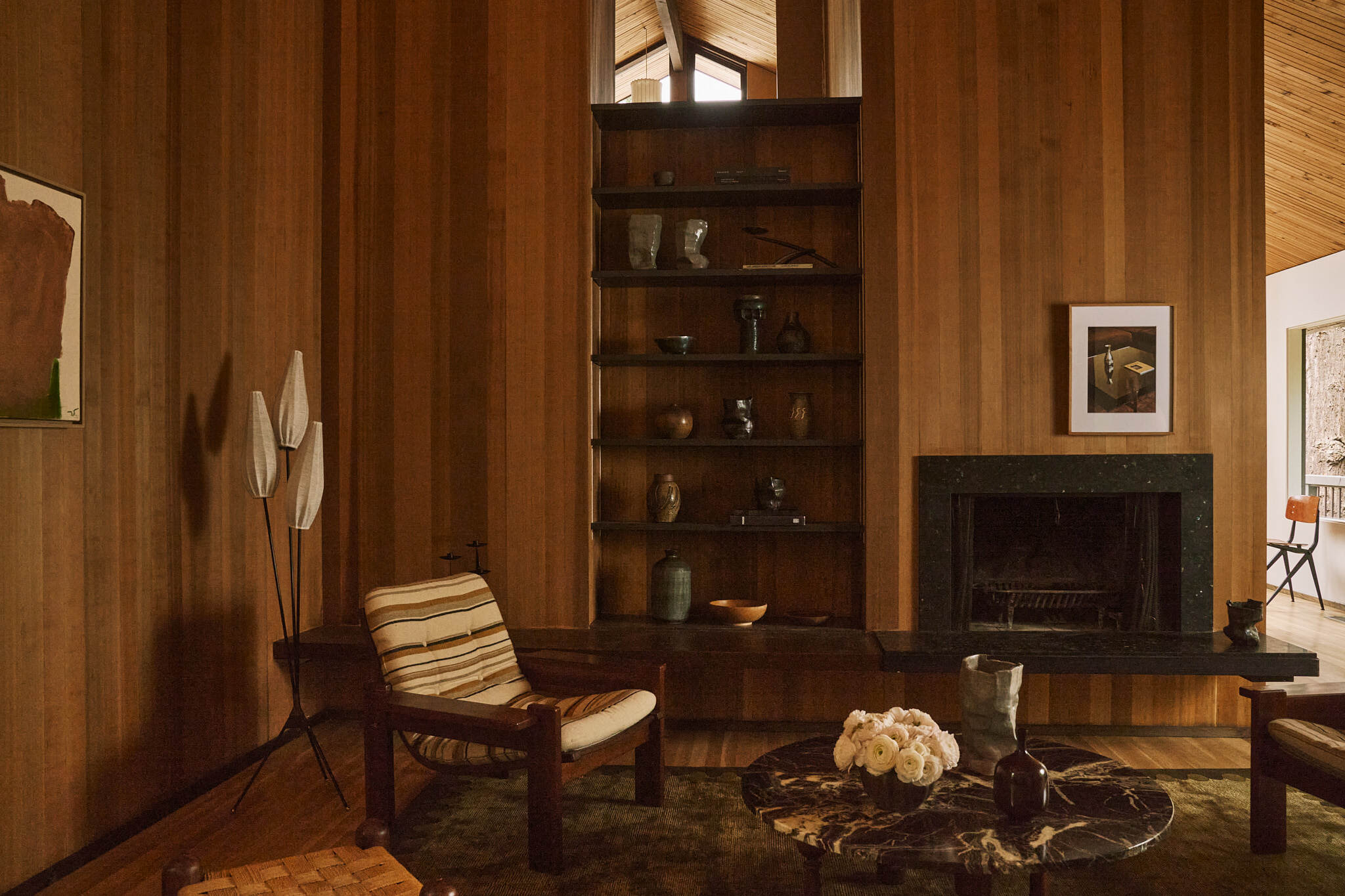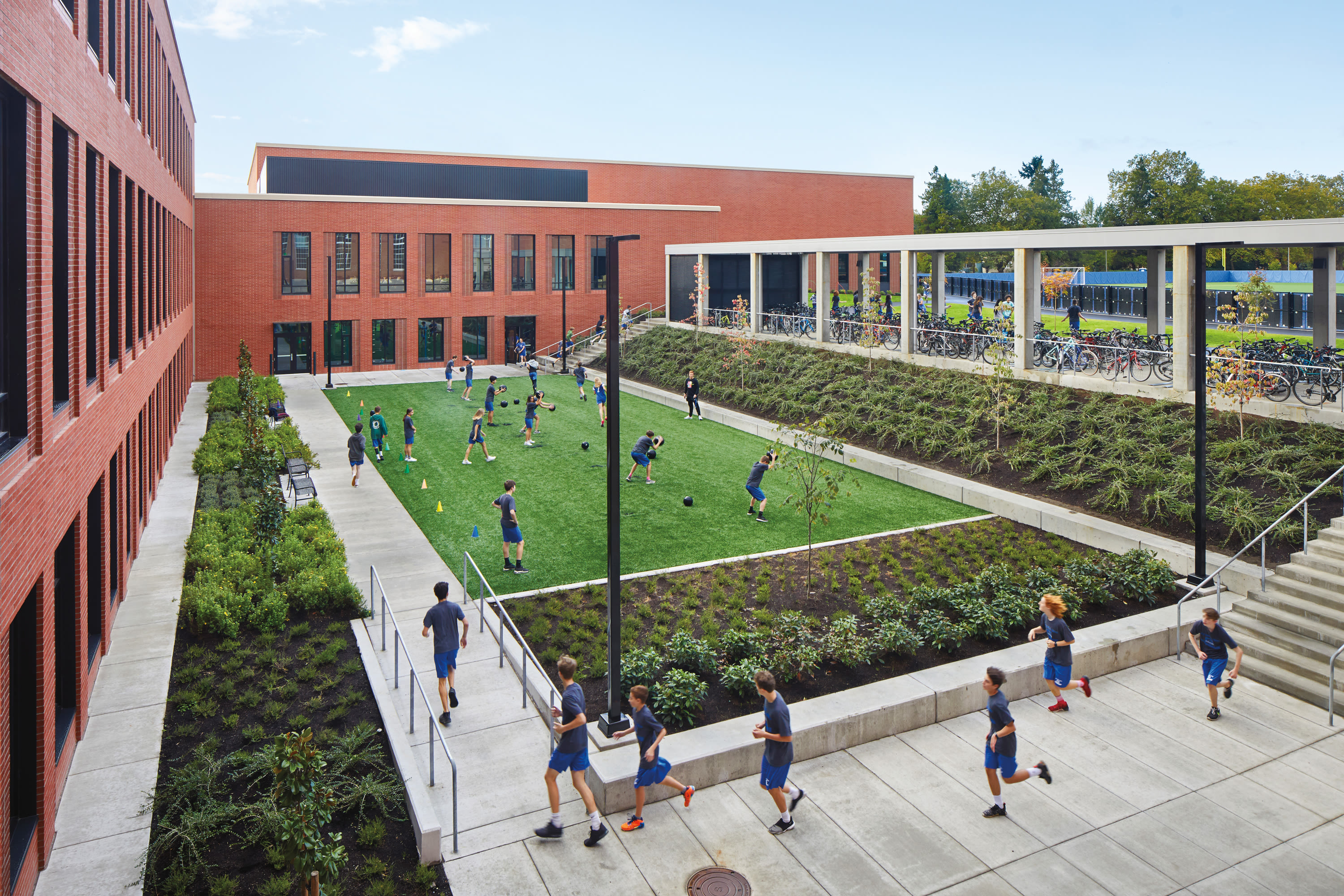
These 6 Northwest Schools Are Inspiring Post-Pandemic Design
Does the pandemic have any sort of silver lining for schools? Exhausted parents and screen-addled, lonesome kids would say nary a one. But for architects, engineers, and construction crews, the virtual learning pivot provides a chance to go full steam ahead on in-progress projects (without having to maneuver around those pesky students) or to see their recent work reimagined for the post-COVID-19 era. Here are six inspiring local schools that anticipated the pandemic in spookily prescient, design-forward ways, from high-tech ventilation systems to “flex spaces” for students to work while social distancing to sweeping outdoor classrooms.
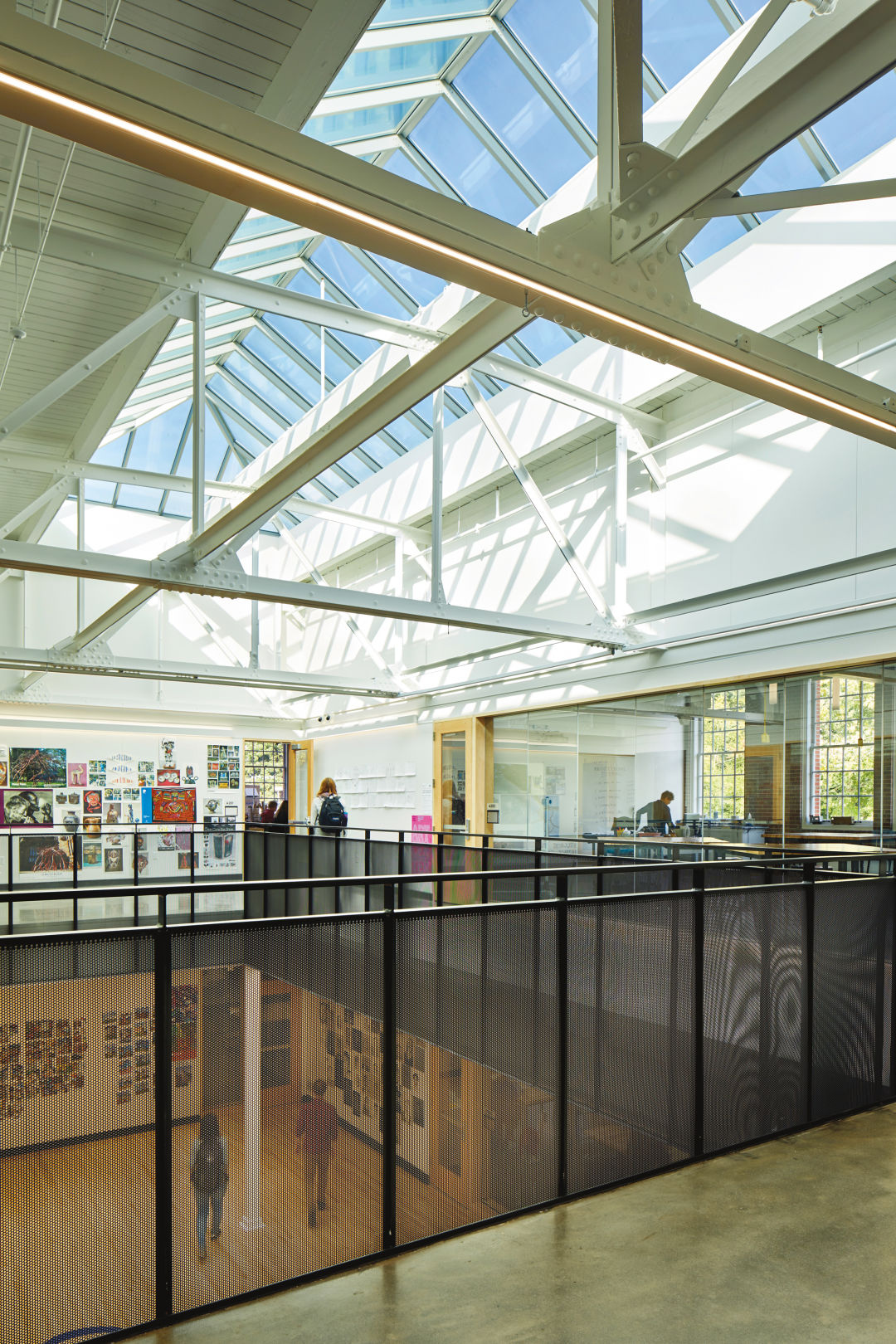
Grant High School
Image: Courtesy Ben Benschneider
Grant High School, Portland / Mahlum Architects / Completion: August 2019 / Cost: $158 million
How can smart design begin to remedy decades of classism and racism at one of Portland’s most storied high schools? Before Mahlum Architects’ renovation of Grant, kids who could afford to buy or bring lunch streamed outside and off campus to eat; everyone else filed down a grimy staircase into a dimly lit, cramped cafeteria. The Mahlum team put in two bright new common areas, one inside and one outside, highlighting what architects universally expect to be a big new trend in school design in a post-COVID era: more targeted use of outdoor spaces, where fresh air abounds. (Before getting started, architects talked with students about their priorities for the renovation, and thus was born a giant bike corral for teen commuters.)A spacious new library includes areas that can be repurposed for students working in small groups to spread out from their classrooms. Narrow, dark, crowded staircases are gone, in favor of a new circular three-story central stair that allows for more elbow room and less jostling.
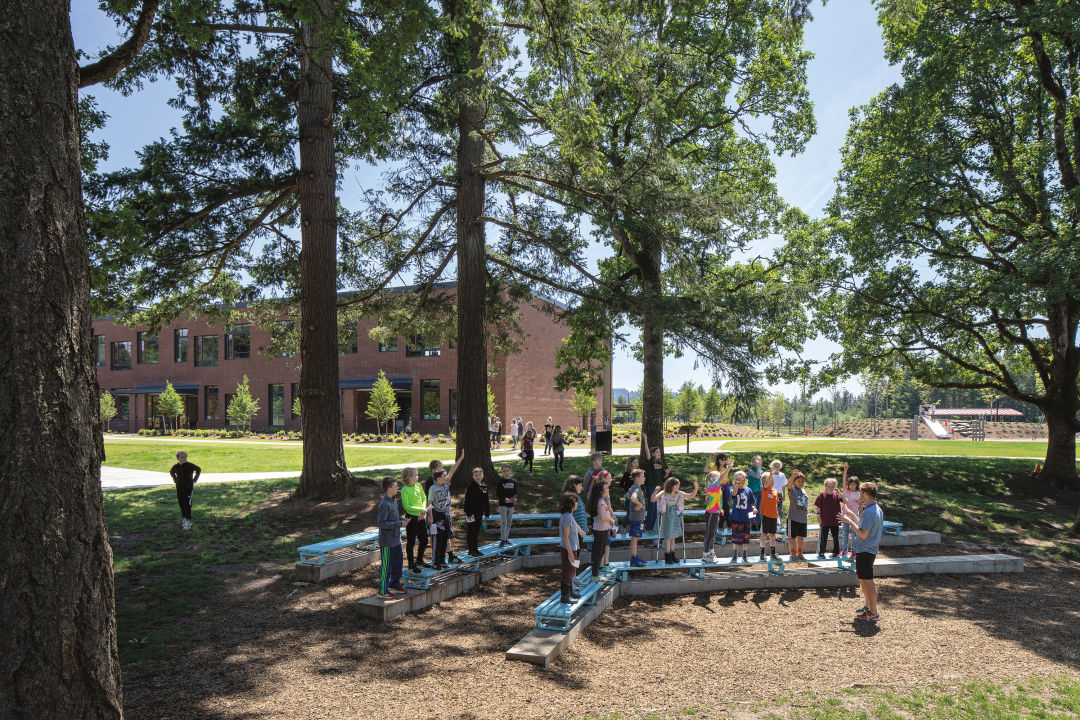
Lacamas Lake Elementary School
Image: Courtesy Jeremy Bittermann
Lacamas Lake Elementary School, Camas, Washington / Mahlum Architects / Completion: September 2018 / Cost: $44.6 million
Deciding to reopen for the youngest learners wasn’t an easy call for anyone this fall: On the one hand, there were the clear and present health risks. On the other were tooth-wiggly 5-year-olds who deserve so much more than a sad Zoom kindergarten year. At this recently reno’d elementary school in a Vancouver suburb, it was an easier call, because classrooms had been intentionally designed with generous spacing, including sliding doors that in normal times allow for team teaching. In COVID days, these double-wide classrooms are perfect for giving kids way more than the CDC-preferred six-foot buffer. More extra room comes in comfy hallway seating spots and built-in nooks and crannies in the new library, aces for quiet reading or small group projects; hallway gathering spaces are strategically located within a teacher’s sightline. What’s more, bottlenecks at the school’s front door can easily be offset by multiple entry points in and out of individual classrooms, reducing wait for the daily temperature checks that could be SOP when kids return to school. As at Grant, Mahlum designers created an outdoor classroom, this one amphitheater style, all the better to show off the nearby wetlands and distant Mount Hood views.
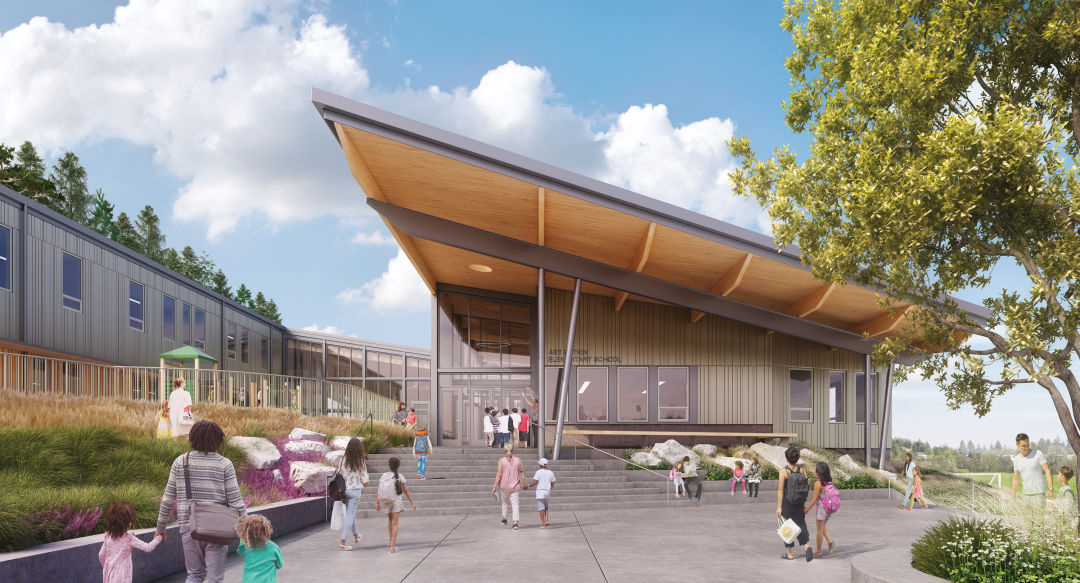
Art Rutkin Elementary School
Image: Courtesy Bora Architects
Art Rutkin Elementary School, Tigard / Bora Architecture & Interiors /Expected Completion: Fall 2021 / Cost: $41.6 million
Sixty years ago, this suburban district hired Bora to design some schools, says Chris Linn of the Portland-based firm. At the time, educational design was all about a giant footprint—there wasn’t much call for courtyards or natural light. This new elementary school, slated to house 650 kids in 80,000 square feet when it opens, is all about open space, including an anchoring “great room” at the center of the school with sliding doors that open to an exterior courtyard. The school will be entirely off the grid, with photovoltaic paneling on the rooftop to power all its energy needs.
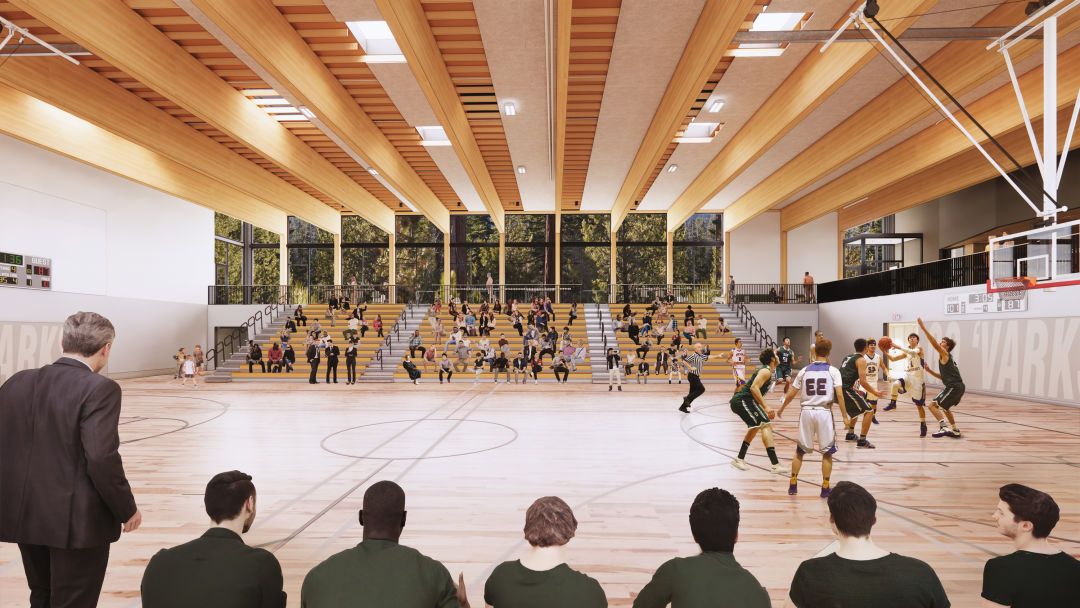
Oregon Episcopal School varsity gymnasium
Image: Courtesy Hacker Architects
Oregon Episcopal School, Portland / Hacker Architects / Expected completion: June 2021 / Cost: $16.9 million
Even as OES’s teams packed in spectators and notched state division championships in basketball, the private school’s ancient gym hadn’t been renovated in decades before the school embarked on this project. Locker rooms are often the stuff of grade school nightmares, (remember towel snapping?), and the old ones at OES were straight from that playbook. The team at Hacker is getting rid of them entirely in favor of individual and inclusive changing rooms, plus gathering areas where teams can congregate to talk strategy and
inspiration before taking to their court/field/arena of choice.

Faubion
Image: Courtesy Josh Partee
Faubion K–8, Portland / Bora Architects / Completion: August 2017 / Cost: $49 million
When it reopened in 2017, this PK–8 school in Northeast got national attention and accolades for its unusual alliance with the private Concordia University. The idea was for the college’s teachers-in-training to work with and mentor Faubion kids, a win-win for all. Fast-forward three years, and Concordia has folded (in part thanks to declining enrollment and a too-high debt load). But the grade school is thriving, and its practical spaces, including a giant MakerSpace/STEAM room are now the blueprint for future PPS renovations. Small, intentional touches abound: Furniture is on wheels, so teachers can change the configuration at will. All the desks are height adjustable, the better to meet kids where they are. And electric cords dangle from the ceiling to accommodate 3-D printers, power tools, and other hands-on equipment.
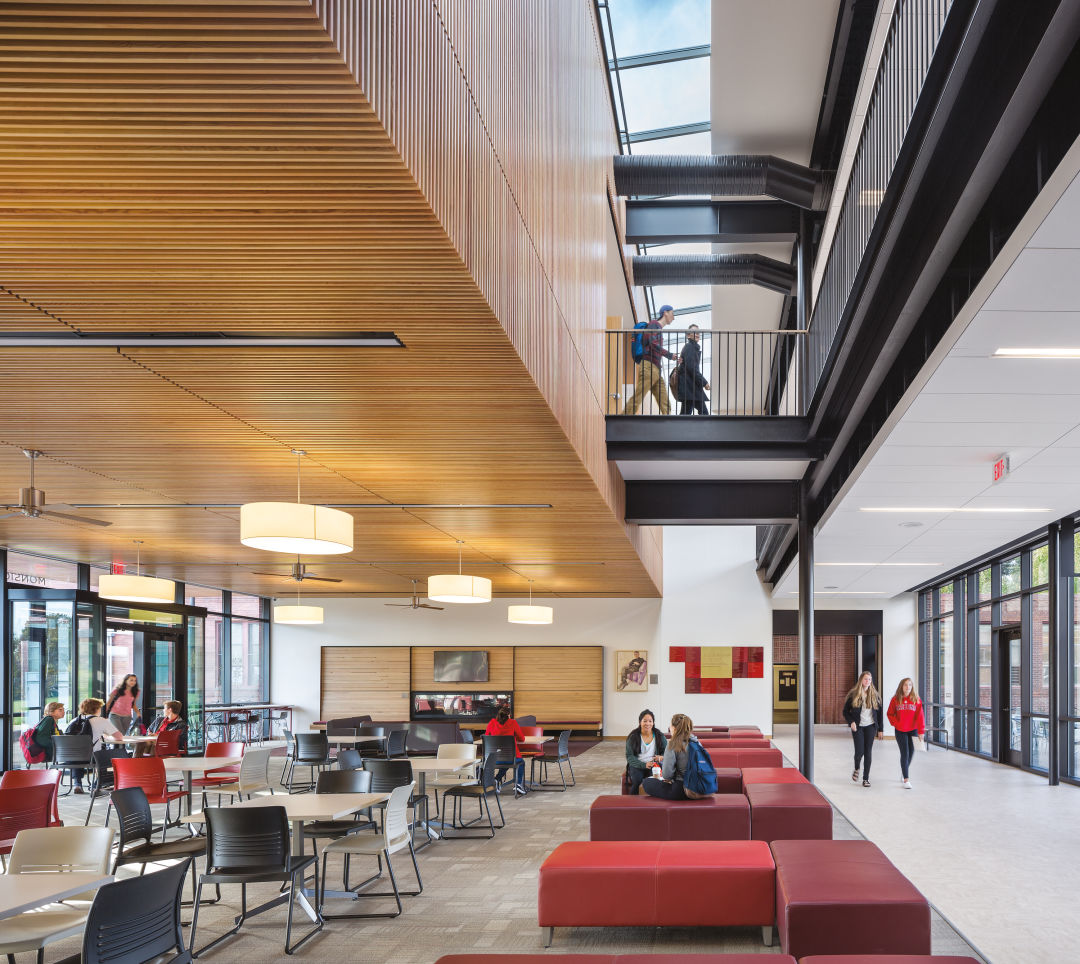
Central Catholic High School
Image: Courtesy Josh Partee
Central Catholic High School, Portland / Bora Architects / Completion: August 2015 / Cost: $7.5 million
“Outdoor space is everything,” says Chris Linn, who helped lead an overhaul at Central Catholic that left the inner Southeast Portland school with an uncommon amount of light and breathing room for a solidly urban, compact campus. Peep the 16-foot-wide sliding glass doors flanking either side of the school’s common area, designed for equal parts studying, teaching, and hanging out. The doors can be flung open to the football field to the east and a carefully tended interior courtyard to the west, allowing for maximum air circulation. The space was narrow enough that the design team could cut a skylight into the roof and create a hallway that lets light spill in from three sides, as opposed to the traditional locker-lined, low-slung high school hallway
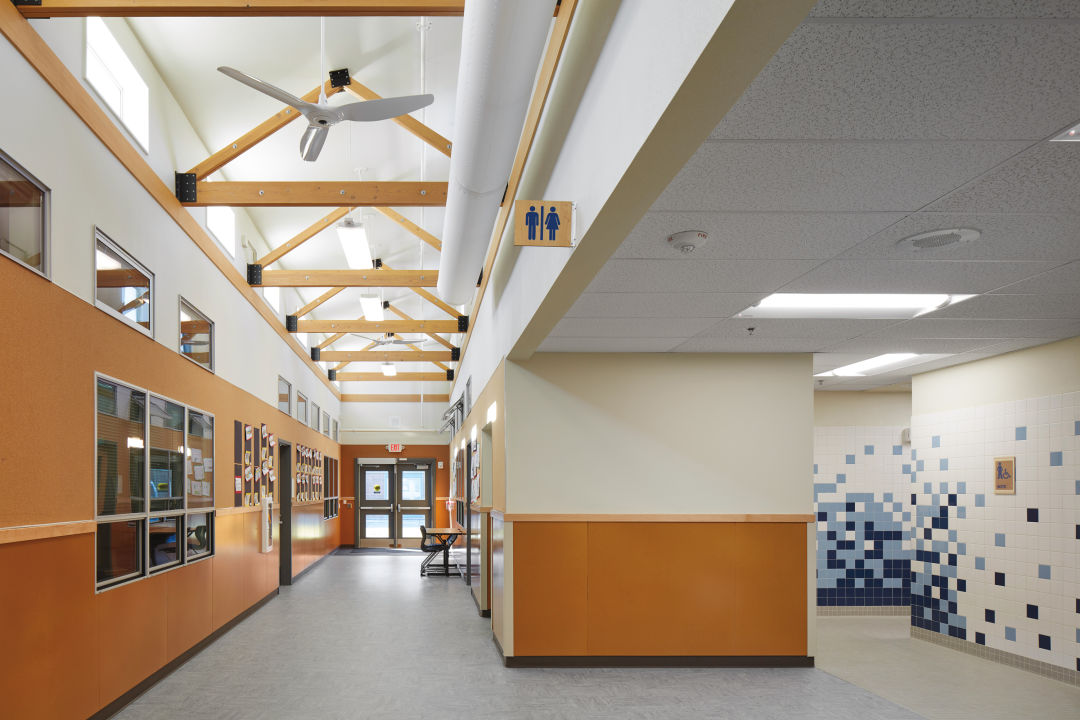
Silverdale Elementary School
Silverdale Elementary School, Kitsap, Washington / SAGE Classroom / Completion: February 2019 / Cost: $315,00
Usually, portable classrooms are the modern school district’s skeletons in the closet. Needed to accommodate enrollment overflow, they are cheap and quick to build, lean toward the perfunctory, design-wise, and though they are supposed to be temporary, many end up as permanent fixtures on school grounds. Not so with the SAGE (Smart Academic Green Environment) classrooms, the brainchild of Sergio Palleroni and Margarette Leith, professors at Portland State’s Center for Public Interest Design. Their energy-efficient, light-filled prototypes can be found at campuses all around the Northwest, from Lincoln High School’s urban yard to this five-classroom project in Kitsap, Washington, which added 7,500 square feet of space to the city’s Silverdale Elementary. Builders installed a COVID-friendly upgraded heating, ventilation, and air conditioning system, plus natural ventilation from plentiful windows and low-velocity fans. Leith and Palleroni are particularly proud of a part of their design that’s an unusual feature for portables: a 17-foot corridor to link the classrooms, created from roof and floor modules. Next up? Plans for an entire campus built from SAGE classrooms, including a cafeteria, gym, and auditorium.
